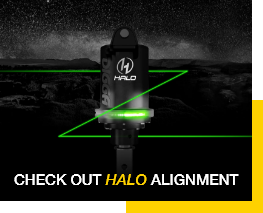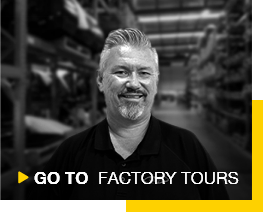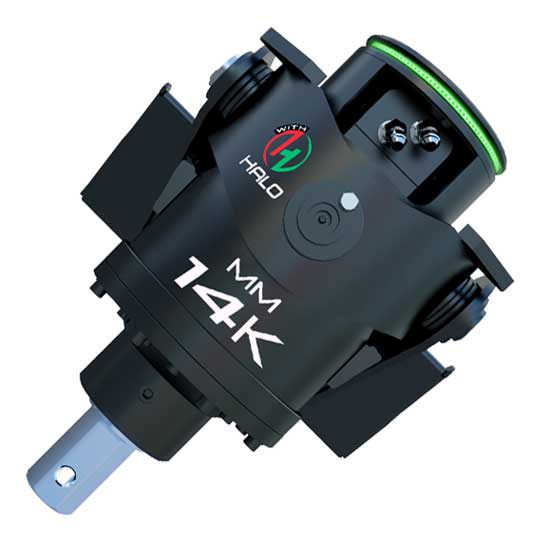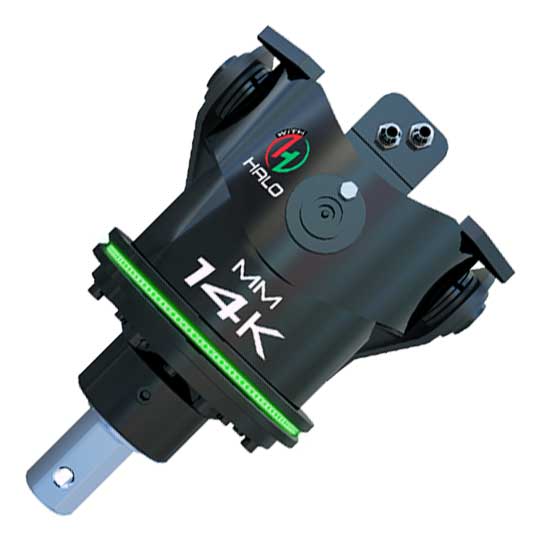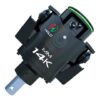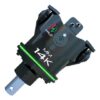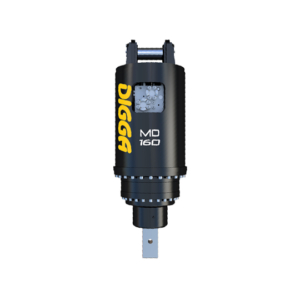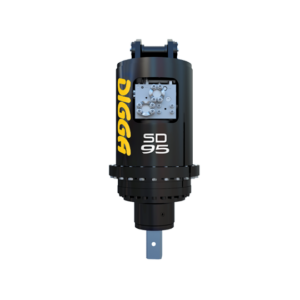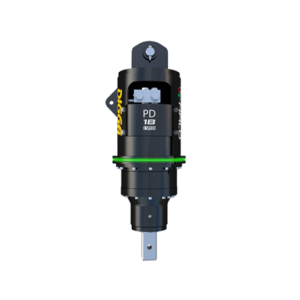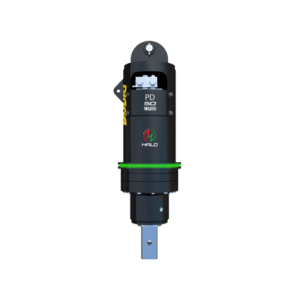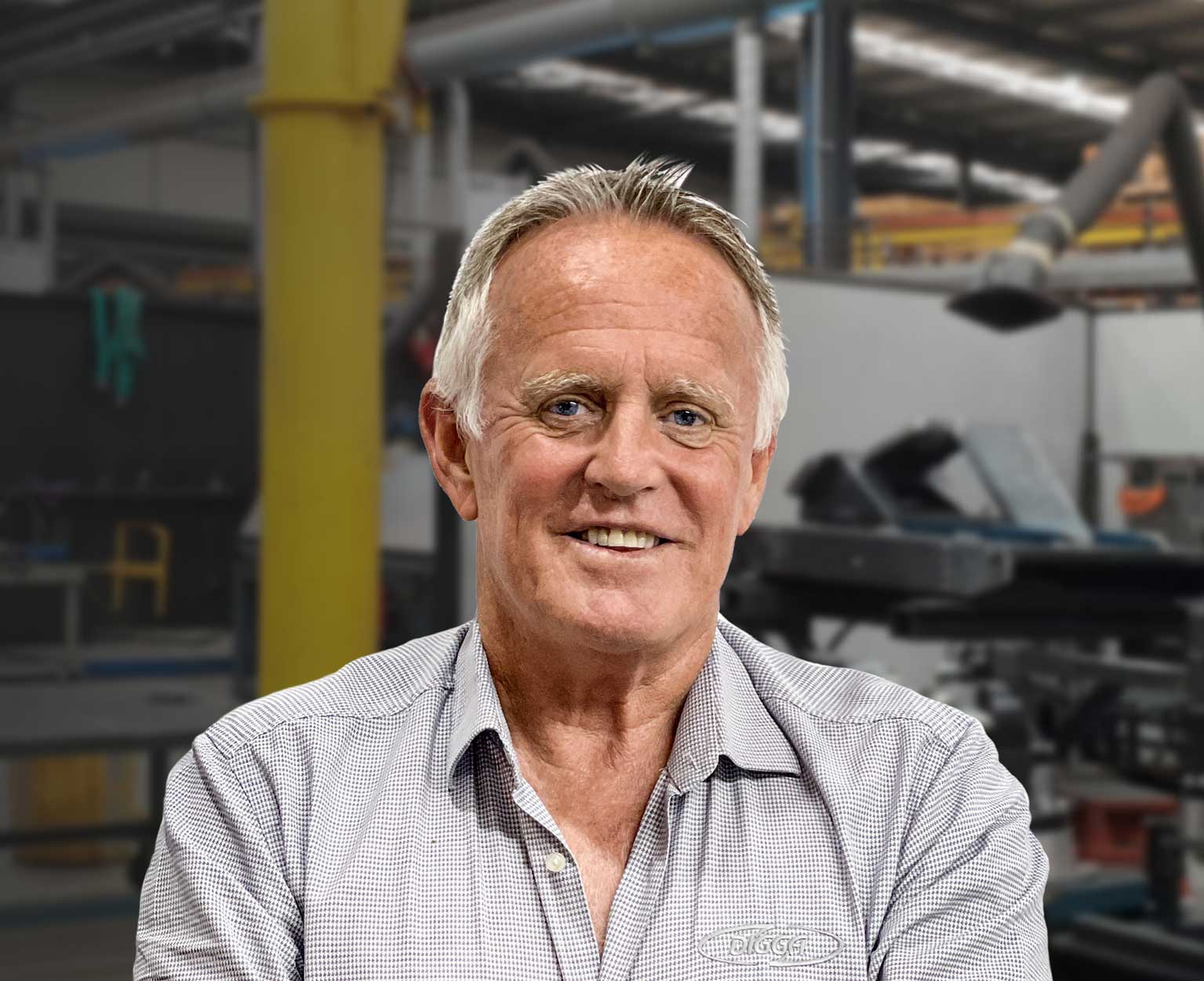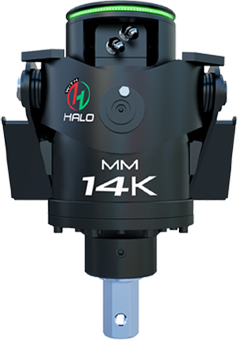
MM14K Mini Torque Head
Compact torque heads for mini loaders
Digga’s screw pile torque heads for mini loaders and machines up to 3.5T are ideal for tight or low-access sites. Designed for foundation piling and ground anchors, they feature a compact, high-torque gearbox, lightweight design, and a high-efficiency Char-Lynn Bell hydraulic motor with a pressure relief valve. The two-piece shaft design protects planetary gears from machine forces, offering over double the side-load capacity of similar gearboxes. Backed by industry-leading support, they come with a 1-year warranty on both the gearbox and motor.
Speeds
Halo Alignment System
Machine Suitability
Optimum Torque Range
Ideal Use
Warranty
Jump to:
Specifications
Jump to:
Operator’s Manuals
Jump to:
About Screw Anchor Drives
Jump to:
FAQs
Features
Lightweight And Compact. For ease of movement in confined spaces.
Advanced Two-Piece Drive Shaft. Isolates planetary gears from dynamic axial load.
Optional Inline Relief. Used to set/monitor the torque when installing piles.
Compact High Torque. High efficiency Danfoss/Digga Geroler hydraulic motor.
Specifications
Digga’s MM14K screw pile torque heads suit mini loaders up to 3.5T with flows up to 70 lpm. They feature a compact, high-torque gearbox, a Char-Lynn Bell hydraulic motor, and a durable two-piece shaft. Optional accessories include the Torque Hub for live torque measurement, HALO for LED alignment guidance, and an Inline Relief Kit for torque monitoring.
| Machine Size Suitability | Up to 3.5T |
| Nominal Torque (Theoretical) | 14206Nm at 205bar |
| Nominal Torque (Expected) | 10938Nm at 205bar |
| Pressure Valve | Not Applicable |
| Energy Control Valve | Not Applicable |
| Overall Length | 612mm |
| Diameter | 289mm |
| Weight (Without Frame) | 63mm |
| Standard Output Shaft | 75mm Square |
| Maximum Pressure | 205bar at 70lpm |
| Maximum Flow | 70lpm at 205bar |
| Maximum Power | 25kw (33hp) |
| Swing Control | Not Applicable |
| Diggalign | Not Applicable |
| Halo Available | Optional |
Frames
Mounts
Torque Hub
HALO
Inline Relief Kit
MY.DIGGA.COM
Everything you need to know about your Digga attachment, including: operators manuals, safety information, risk assessments, electrical guides, maintenance, tips and how- to’s as well as related information where applicable. With a user-friendly interface and easy navigation, you can instantly find the support you need.
LEARN MORE ABOUT TORQUE HEADS
From understanding the different types of torque heads available, to learning about components and maintenance, we hope you find this information helpful.
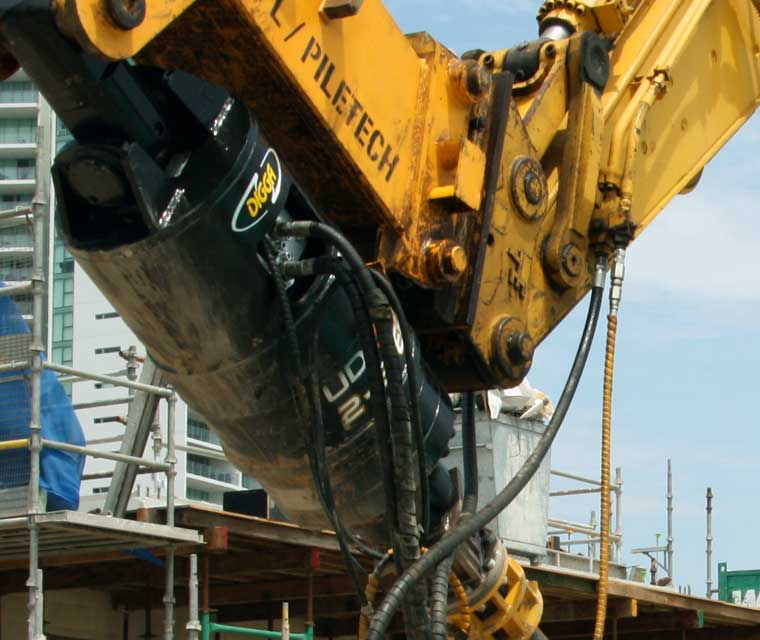
FREQUENTLY ASKED QUESTIONS [FAQS]
Do you sell screw piles?
Digga does not manufacture Screw Piles. Screw Piles are designed and manufactured to meet specific engineered foundation requirements. As such a screw pile is required to be a certified foundation pile to meet the stringent building codes of most countries worldwide.
Digga’s forte lies in the manufacture of the Hydraulic Drive Tool for the effective installation of the screw Pile to meet with the specific torque requirements of the individual screw pile. These torque requirements can be from as low as 1000Nm up to a massive torque requirement of 500,000Nm. Digga has a drive head to meet all your torque requirements.
How do I install screw piles?
A screw-pile comprises a circular hollow section of steel shaft with one or more helical plates welded near to the end of it. The size of the shaft (diameter, wall thickness and length), combined with the size and placement of the helical plate are Engineer designed to take full advantage of the available soil capacity. Screw-piles are screwed into the ground like a self-tapping screw using rotary hydraulics, namely DIGGA SCREW/ANCHOR DRIVES, attached to earthmoving equipment to a specified torque capacity and a depth as directed by a certified foundation engineer.
Why do I need an ECV (Energy Control Valve), aka, Swoosh Valve
Digga torque head unit's output torque is used to screw the pile into the ground. As the anchor reaches the desired compression torque or depth the operator stops. At this point the pile (or anchor) is under load.
When the operator stops, the load is trying to spin the pile backwards. While the anchor is only tensioned to say a ¼ or ½ a turn when it releases it does so in under 1/10 of a second. This motion can have dire effects on both the gearbox and the motor as it sends reverse energy back up into the drive unit. This motion effectively turns the reduction gearbox into a multiplier, essentially turning the hydraulic motor into a pump.
Swoosh Control (ECV) was designed to relieve the kick/flick back motion of the pile on the drive head. Basically, it prevents a pile of kickback/flick back by controlling the release of oil to the low-pressure side of the motor. The added benefit of the design is that it does not reduce the power available to the drive when the drive is installing the anchor. Its name came about as when the valve is working you can hear the controlled release of oil. A very gentle Swooossshhhhh... sound is heard.
When is a Swoosh Valve (ECV Valve) needed on an anchor drive?
Swoosh (ECV) is required for all drives used installing screw piles from PD4HF – PD50 to maintain a full gearbox and motor warranty (3yr Gearbox & 2yr Motor).
Should you be installing screw piles with a torque requirement up to 16,000Nm (12,000Ft/Lbs.) and do not have an ECV fitted you will have limited warranty (2yr Gearbox & 1yr Motor).
Using drive units without ECV for installing screw piles with an installation torque requirement of greater than 16,000Nm (12,000Ft/Lbs.) will have NO WARRANTY for Gearbox or Motor.
What size torque head do I need to do a screw piling or screw anchoring job?
This will be determined by the maximum torque requirement of the specific screw piles that will be installed at the site in question. This in turn will be specified by the foundation engineer who has designed and designated the exact dimension, installation and torque requirement for this job site.
What size machine do I need to do screw anchoring, and does machine size matter?
This will be determined by the maximum torque requirement of the specific screw piles that will be installed at the site in question. This in turn will be specified by the foundation engineer who has designed and designated the exact dimension, installation and torque requirement for this job site.
Does the RPM speed change when I use larger drive units that have more torque?
Dependent on the available flow and pressure available from the parent machine there will be a variation in the RPM speed of a smaller drive to a larger drive.
e.g. With the same parent machine with flow 200Lpm fitted with a SD45 would have 17 RPM at max torque, as opposed to same machine with same flow fitted with a SD95 would have 8 RPM at max torque. So, a definite flow decrease the larger the drive.
It is worth noting, speed (RPM) is dependent on Flow (LPM or GPM). Power (Nm or Ft/Lbs.) depends on pressure (BAR or PSI).
If I get a drive unit for screw anchoring, can it also be used for auger drilling as well?
Yes, all drives are capable of use in screw piling and as an auger drive. Larger drives with higher torques will be limited by the RPM that will satisfy your drilling requirements.
Can my 1.7t do screw piles?
Yes, but the size of the screw pile would be limited by the amount of torque required so that the machine is not compromised and is not at risk of boom failure or machine tipping. Best to confirm with the parent machine supplier of the safety factors for the machine in question.
